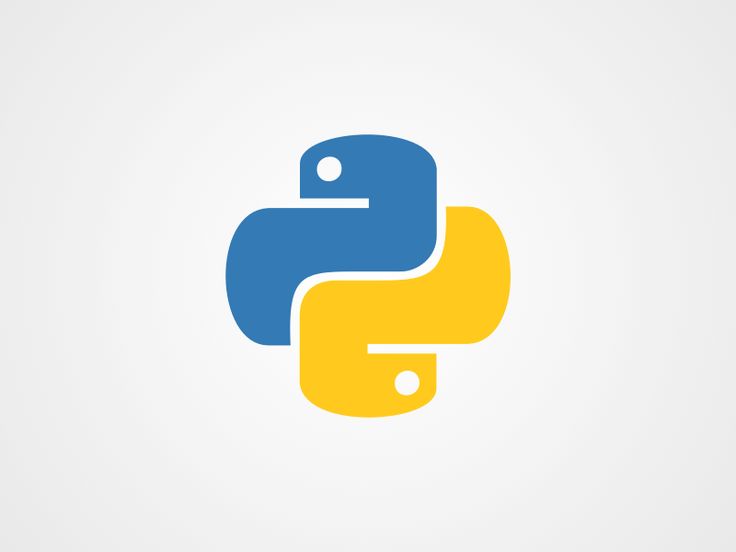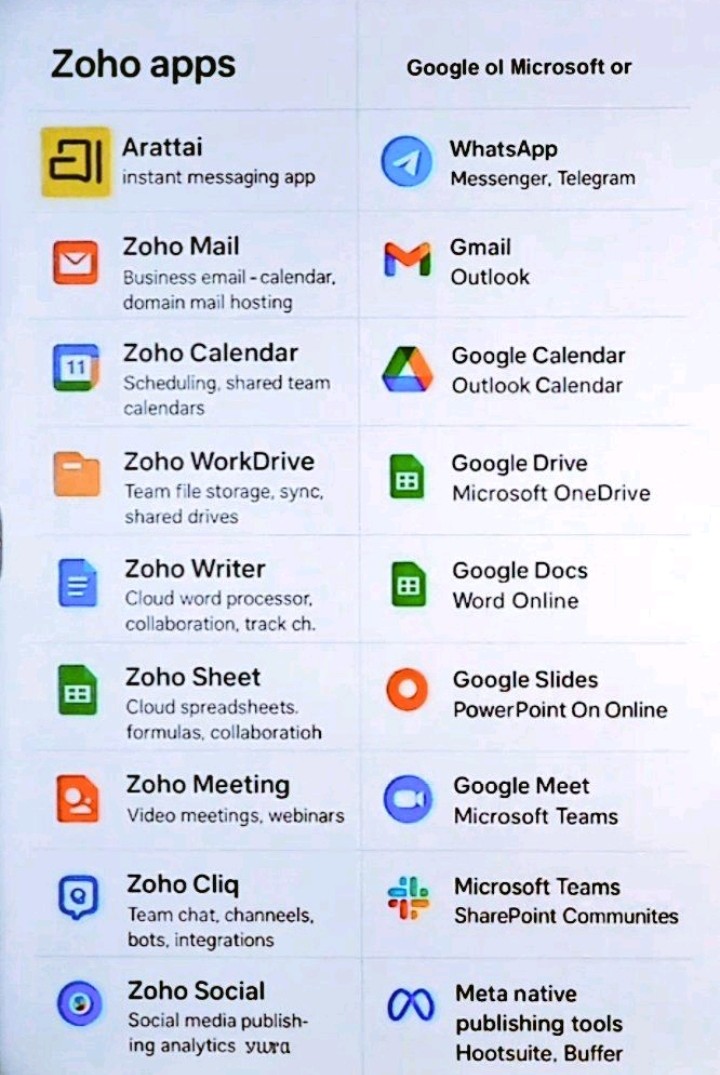-
Latest Update: New tutorials and tech news coming soon! Stay tuned at TechRouteBP.

HTML (HyperText Markup Language) is the standard language used to create and structure content on the World Wide Web. It was first introduced by Tim Berners-Lee in 1991 and has since become the foundation of web development. HTML is not a programming language but a markup language, meaning it uses tags to define the structure of web pages (like headings, paragraphs, images, links, tables, and forms). Modern web development uses HTML together with CSS (for styling) and JavaScript (for interactivity) to create complete, dynamic websites.
Key Features of HTML
1. Simple and Easy to Learn – Uses tag-based structure, making it beginner-friendly.
2. Platform Independent – Can run on any browser and operating system.
3. Structural Language – Defines the structure and layout of web pages.
4. Supports Multimedia – Can embed images, audio, video, and animations.
5. Hyperlinking – Allows linking between web pages using anchor () tags.
6. Forms and Input – Provides forms for user input, registration, and data submission.
7. Semantic Elements – Modern HTML5 introduces semantic tags like for better meaning and SEO.
8. Extensible with CSS & JavaScript – Works with other web technologies for design and functionality.
9. Open Standard – Free to use and maintained by the W3C (World Wide Web Consortium).
10. Supports HTML5 APIs – Like Geolocation, Canvas, Local Storage, and
Offline Web Apps.


